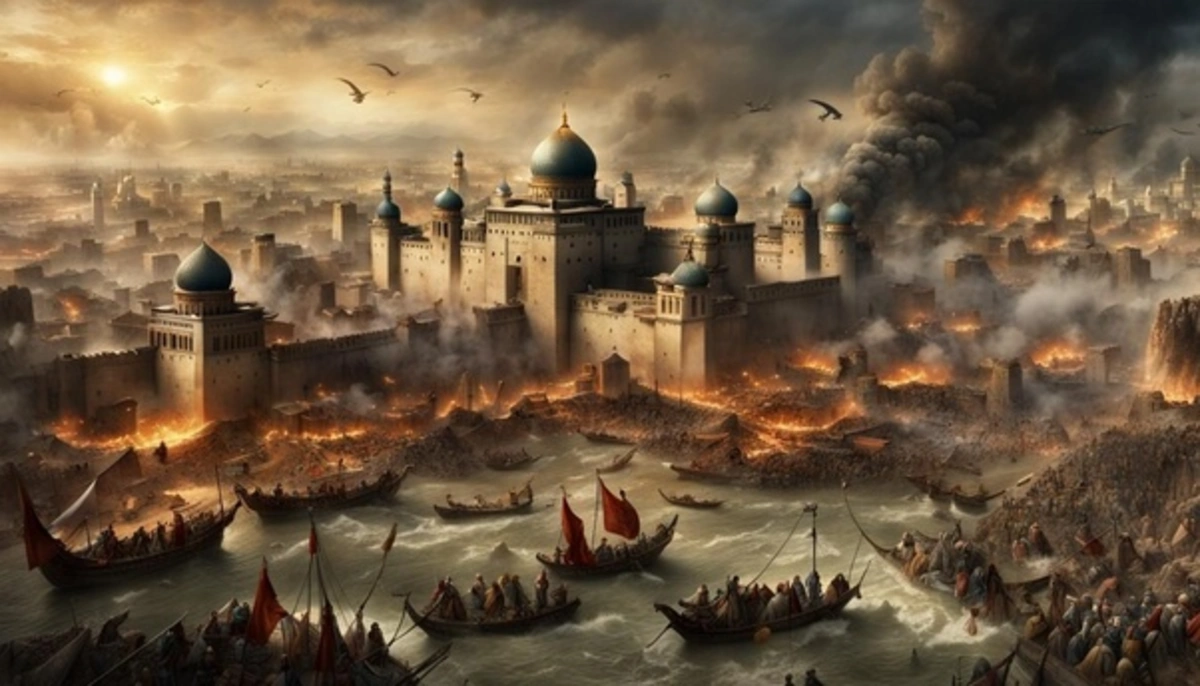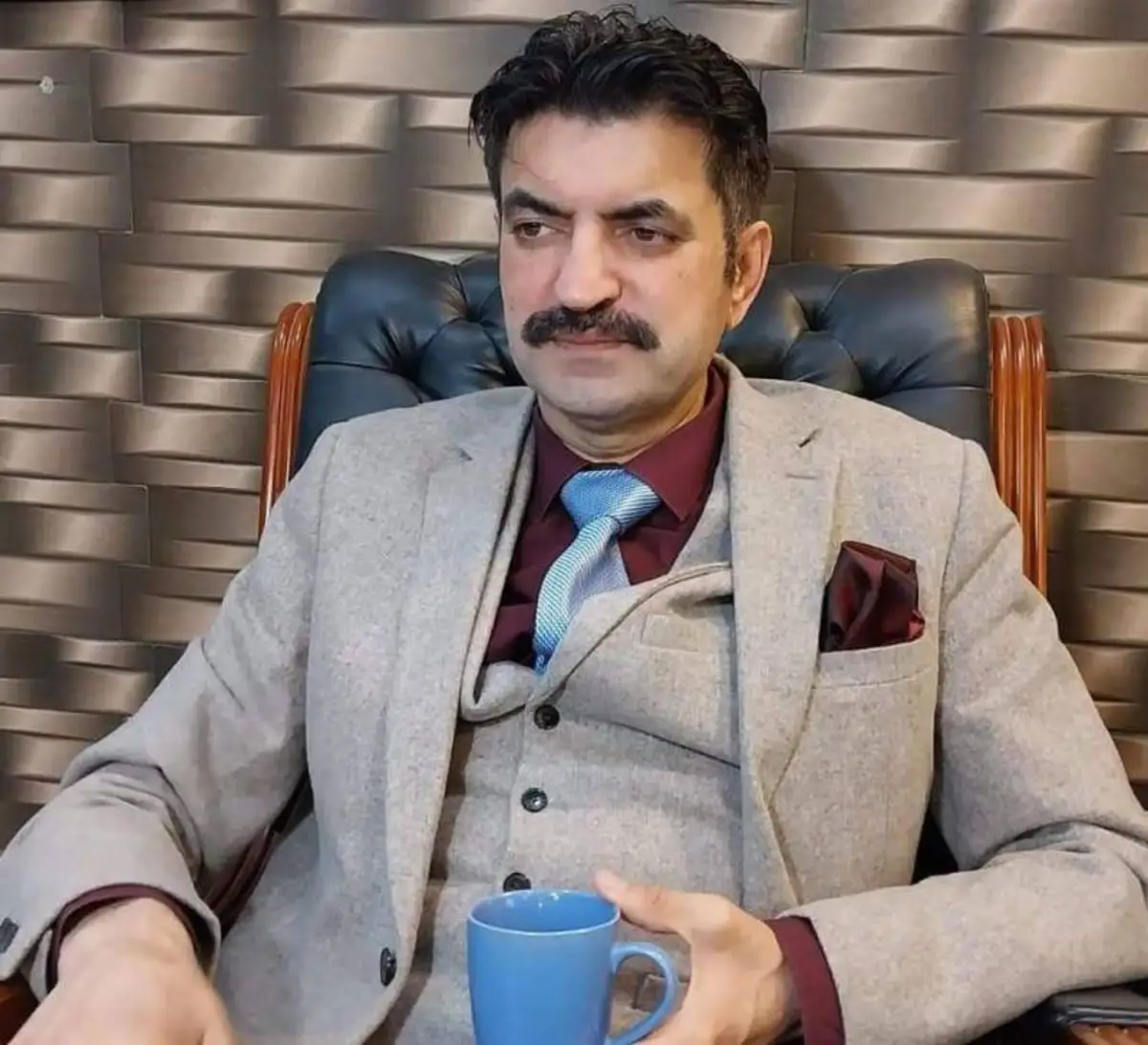Genghis Khan: A Mongol leader who killed 5 million Muslims
Genghis Khan is one of the worst Mongol leaders and warriors in the history of mankind. He killed about 40 million people, which represented 13% of the world’s population during his era in the 12th century.
Ghenghis is considered a terrible figure due to his brutal conquests and the immense loss of lives he took. His war approaches were ruthless. He built the Mongol empire on the foundation of fear and violence.
He proved himself to be one of the worst leaders in history. Genghis and his army massacred millions of people more than the even worst dictators, Joseph Stalin and Adolf Hitler.

Early Life of Ghenghis Khan
Ghengis was born on May 31, 1162, in an area close to the border of present-day Mongolia and Siberia along the Onon River. Temujin was his original name. He belonged to the royal Mongol family.
He faced a troubled childhood when he was nine years old, an ethnic group of Tartars gave poison to his father, Yesugei. They gave poison to take revenge on Yesugei, who raided their community.
Ghenghis managed to escape and began gaining supporters and power to build up his army in his teenage years. Later, he emerged as the most brutal warrior and furious Mongol leader. No one knew he would become the “Great Khan of Mongols.”

Muslims Massacre
Genghis is responsible for the deaths of around 40 million people, which was about 13% of the total population of the world with 300 million people. He massacred millions of people for his unlimited desire to conquer the world, but he specifically targeted the Muslim community.
His campaign of violence lasted for many years, during which an estimated 5 million Muslims were among the approximately 40 million massacred people. Muslims suffered brutal killings at the hands of Ghenghis and his army.
They manhandled and raped Muslim women and subjected children to brutal and unimaginable torture. They used to pierce needles into the bodies of children.

Ghenghis and his army brutally attacked three populous cities of Muslims one by one. They wiped out Muslims from their cities. Nishapur witnessed a death toll of 1,747,000 people. Mongols killed around 1,600,000 Muslims in Baghdad and 1,80,000 Muslims in Herat.
Moreover, they destroyed entire Muslim cities and communities such as Balkh, Khiva, and Harran. They killed Muslims like they were ants and crushed them underfoot.
Rivers of Euphrates and Tigris turned Red with blood
There was blood all over the rivers of Euphrates and Tigris turned Red with the blood of Muslims after Mongols targeted and massacred them. Rivers that once flowed with clear water were flowing with the blood of innocent people.
The Mongols destroyed beautiful cities like Baghdad, a highly civilized center city of Muslims. They burned down the libraries full of books to ashes. The skillfully constructed buildings that were once used for commerce and education were being used as “Muslim slaughterhouses.”

Why did Genghis Khan massacre Muslims?
The motivations of Genghis Khan for killing and torturing Muslims were diverse. Perhaps, the most probable reasons include his inspiration for conquest, Mongol empire expansion, vengeance for resistance, and religious differences.
The empire growth of Mongols under the leadership of Genghis brought it into conflict with numerous cultures and civilizations, notably Muslim ones. It resulted in the deadliest clashes and massacres.

However, some historians argue that the specific targeted attacks of Genghis against Muslims also came in response to the violent acts of Khwarazm Shah against Mongols.
According to historians, Khwarazm Shah not only ordered the massacre of the Mongol caravan who came for trade to his territory. He also assassinated the delegates sent by Genghis Khan to protest against his violent act. Afterward, Genghis initiated his organized and brutal campaigns to target Muslims specifically.
Khwarazm Shah was a Muslim leader who ruled Central Asia and Iran from 1077 to 1231. His Khwarazmia Empire was comprised of Persian Sunni Muslims.

The Tartar Holocaust by Genghis Khan
The genocide against Muslims by Ghenghis and his army invading the Muslim territories is known as “The Tartar Holocaust.” The Muslims were divided under the monarch of Khwarazm Shah when dealing with the rising power of Mongols.
The leadership of Khwarazm was insufficient compared to Genghis. Muslim leaders from neighboring countries did not help Khwarazm resist Genghis power. As a result, Khwarazm Shah could not defend his kingdom against the powerful Mongols. He left with no option and surrendered to the Mongols in 1220.

The Mongol invasion of the Khawarazmian Empire took place from 1219 to 1221. Muslim communities suffered badly under the rule of the Mongols, once the Khawarazmia Empire.
The Mongols began genocide in 1218 and systematically eliminated Muslims under the Tartar Holocaust. Genghis regained control over regions of Central Asia, the Persian Gulf, Delhi, Moscow, and Budapest.
Death of Genghis Khan
The tyranny of Mongols against Muslims continued until Genghis died in 1227. He died while participating in a military battle against the Western Xia Kingdom when he fell off his horse and was injured during the battle. He got sick owing to injuries and ultimately died.
His death marked the end of a brutal era against mankind and the start of succession disputes inside the Mongol power. The death of Genghis also weakened the stronghold of Mongols in the world.

Conclusion
The reign of Genghis left a legacy of brutality and violence, particularly against Muslims. His conquest campaigns killed millions of people, devastated cities, and left a trail of destruction in their wake.
The killings carried out by Genghis Khan and his army, such as the Tartar Holocaust, are among the worst periods in human history. The reasons for his atrocities varied, including vengeance, empire expansion, and religious conflicts.
However, the consequences of his acts are still felt throughout history and remind us of the horrors unleashed by uncontrolled authority and unjustified massacres of humankind.
Share this content:




Post Comment